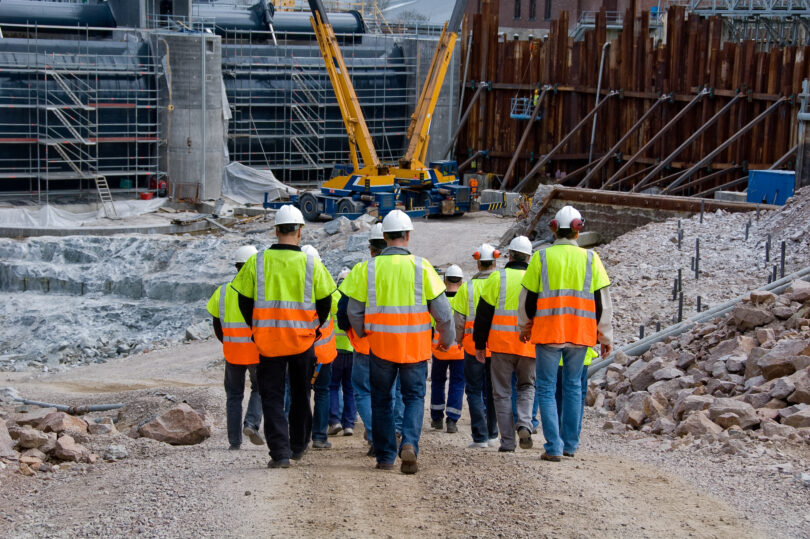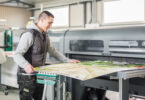Most of us have heard how the school you attend and the community you grow up in can have a significant impact on your long-term success.
But what if I also told you that where you work, can directly influence your health and wellbeing in later life? Can your career path add or deduct years to your lifespan?
I am not talking about falls on slippery floors or even a bad back from lifting those bulky boxes in the corner.
I am talking about long-term hazards. The risks that sneak up on you over time, the ones that you may not even realise are happening before it’s too late. Think fumes, noise, dust and poor ventilation.
Research released by RVT Group has revealed more than 80% of Australian blue-collar workers have personally witnessed a workplace health risk in the last 12 months.
That’s eight in ten blue-collar workers, an incredible number for all the wrong reasons. It is not a minor stat by any stretch, it’s a red flag waving in the face of anyone who keeps thinking “she’ll be right, mate.”
So what risks are they witnessing that we should be most concerned about? Our respondents from across Australia said it was:
- Excessive noise (76% of respondents witnessed this type of risk in the last 12 months).
- Dust (72%).
- Fumes (53%).
- Poor ventilation (52%).
 Noise
Noise
Any noise over 80dB is considered unsafe. This can mean that prolonged exposure to even traffic on a highway, a vacuum cleaner or a noisy restaurant can cause hearing loss, either in the short or long term.
In workplaces across Australia, a jackhammer at around 125dB can cause damage in only 3.5 seconds.
Saws, cutting equipment and handheld breakers can also be risky as they easily exceed 100dB.
Diesel generators and excavators, common on mines and construction sites, usually measure well over 80dB.
All can be managed with appropriate risk mitigation, including PPE for the operator and noise containment and/or suppression to protect workers and the public nearby.
Dust
Here is a frightening statistic for you – it has been estimated that 600,000 Australian workers are exposed to silica dust during the course of their employment.
Silica dust has been in the news a lot in 2025, and for very good reason. It rears its ugly head, most often from grinding and cutting concrete and stone. The long-term health consequences are severe with asthma, occupational lung diseases and cancer all a possibility.
But the good news is that it can be proactively managed. In 2025, there are ways to extract or suppress the dust so workers (and passersby) are properly protected.
Fumes
Paint and welding fumes are the two most common types of problematic fumes in Australian workplaces.
Excessive exposure to welding fumes is carcinogenic, leading to lung cancer, but it can also immediately impact the eyes and the skin.
Likewise, paint fumes can cause a variety of skin and eye irritations. Longer term, the health risks are also serious and include potential issues with the nervous system, liver and kidneys.
But fortunately, similar to dust, fumes can be proactively managed via extraction systems.
Ventilation
Confined spaces can make most of us uneasy at the best of times. However, most are stressed about claustrophobia rather than poor ventilation, which can result in lung disease, heart disease and cancer.
The impact on your long-term health depends on the exposure time, type of contaminant and concentration of the contaminant.
Good air circulation is key, which means fans and ducted systems can be game changers for long-term health.
Where to from here?
There is barely a site or project manager that I come across that is not well-intentioned. In the coming weeks I plan to share the results of our survey with many, and no doubt all will be disappointed by the results.
My message is clear. It is time to put good intentions aside and have honest conversations about Aussie workplaces. About the long-term risks that many face. And how we are all hearing stories of workers who now face health issues years after their prolonged exposure.
Because at the end of the day, blue-collar workers are the backbone of Australia’s economy. They build the roads, lay the pipes, wire the houses, mine the minerals, and keep the lights on.
We need them in our homes. Australia needs them for its industry. And we should all be very shocked that many are trading years of their long-term health for a paycheck today.
We all need to do better.







